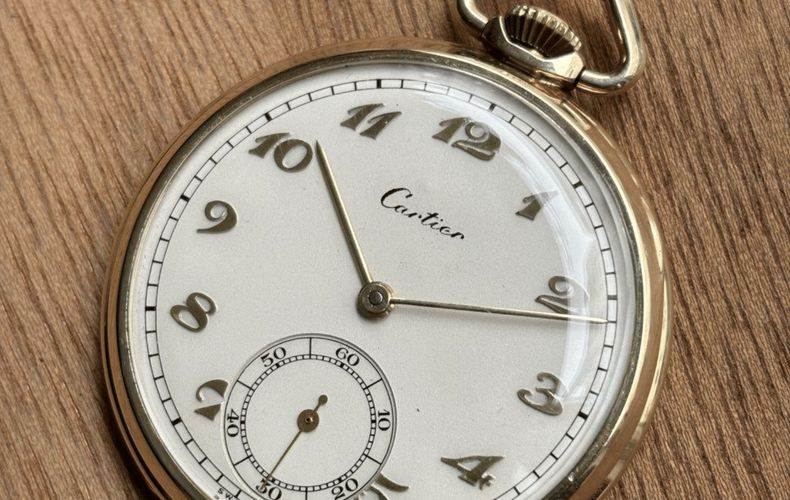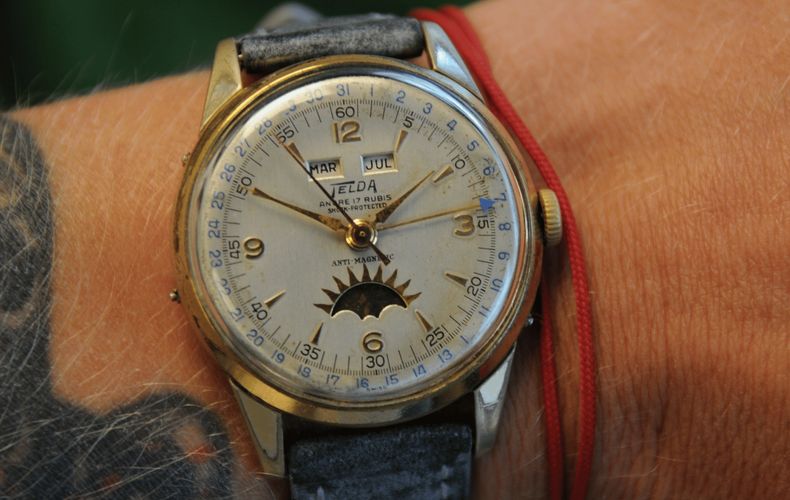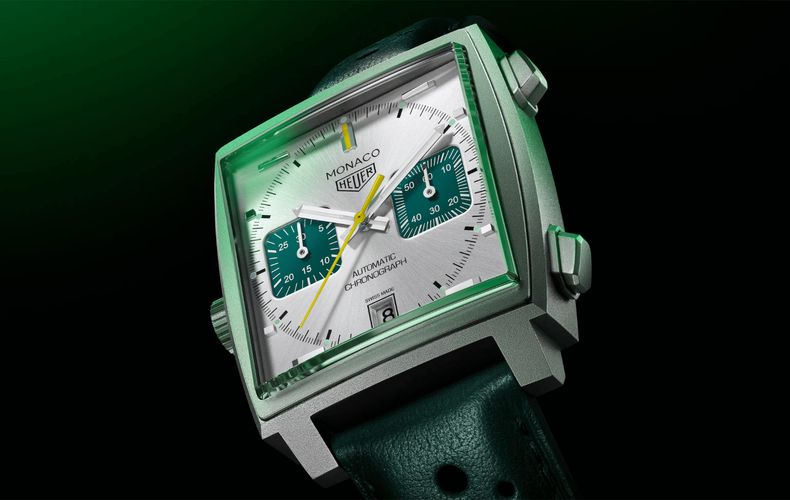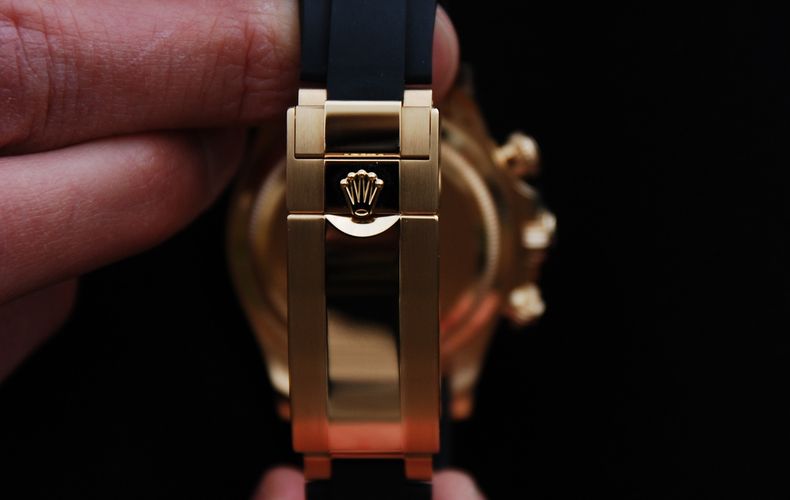The Power Reserve Complication: What's It All About?
A power reserve complication in a watch is like a fuel gauge for your wrist. It's that nifty feature that tells you how much energy your watch has left before it's time to recharge. It's a practical and fascinating addition to the world of horology, offering insight into your watch's vitality.
At the core of the power reserve complication is a small spring or coil, known as the mainspring, which stores the energy needed to keep the watch ticking. When you wind your watch or wear it, the mainspring tightens, accumulating potential energy. As time passes and the watch runs, the mainspring gradually releases this energy to drive the movement.
The power reserve indicator is typically a hand or subdial on the watch face. As the mainspring unwinds, the hand or marker moves to show the amount of remaining energy. It's a bit like watching the fuel gauge in your car drop as you drive.
What Does "XX Hours of Power Reserve" Mean on a Watch?
When a watch advertises "XX hours of power reserve," it refers to the amount of time the watch will continue to run from a full wind until it stops. This measurement indicates how long the mainspring can supply energy without additional winding or movement. For example, a watch with a 48-hour power reserve will keep accurate time for two days if fully wound and not worn.














